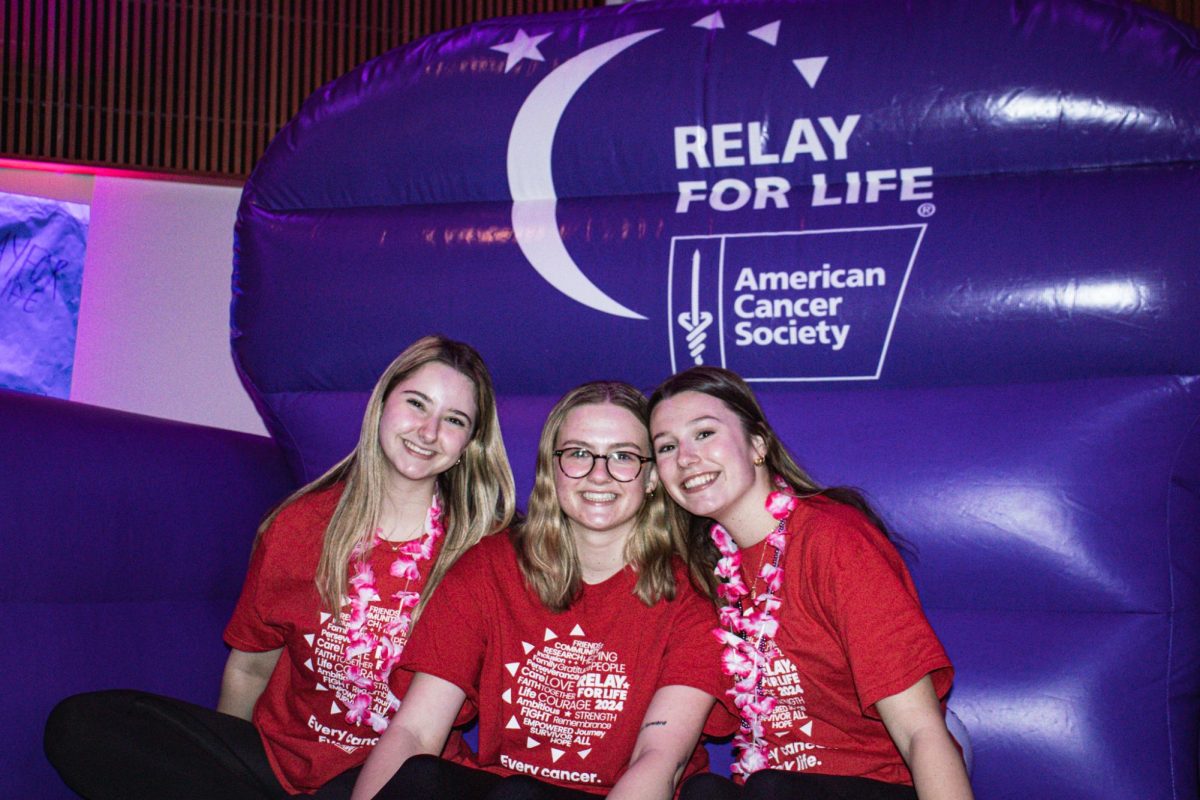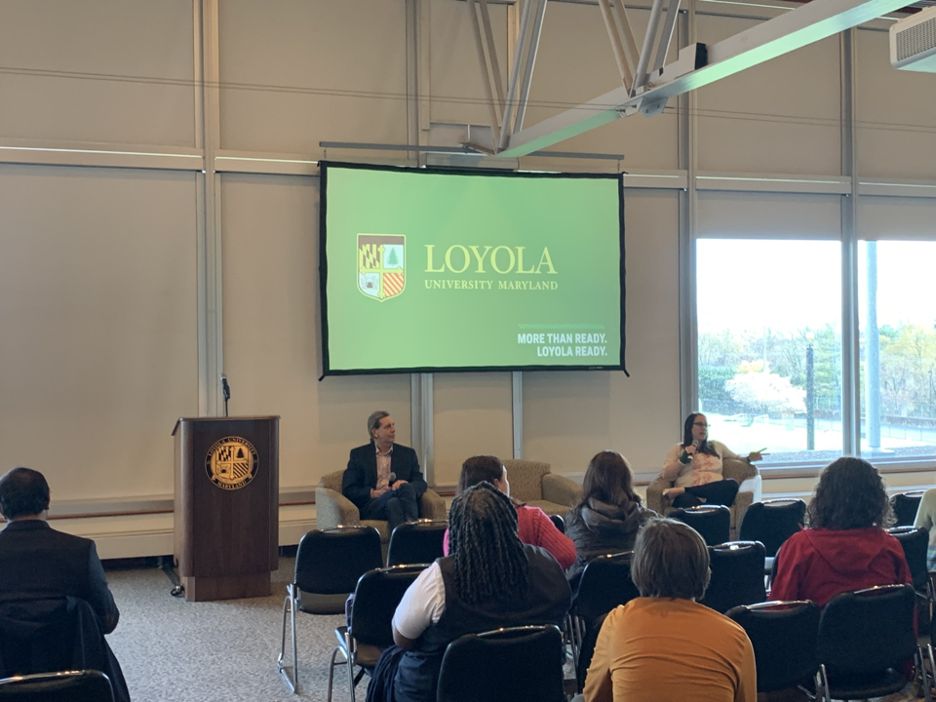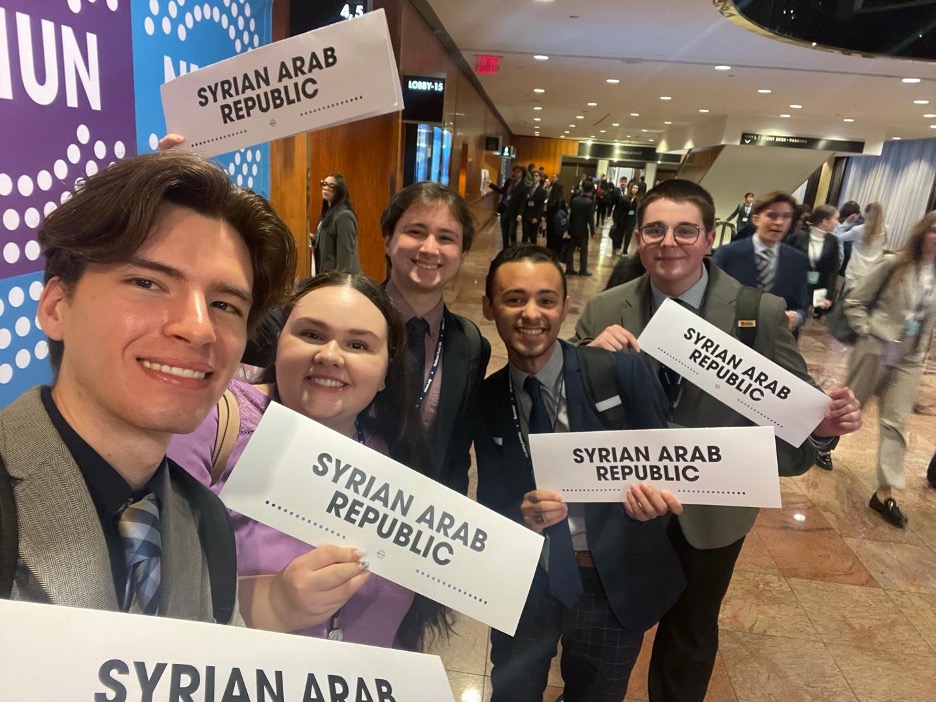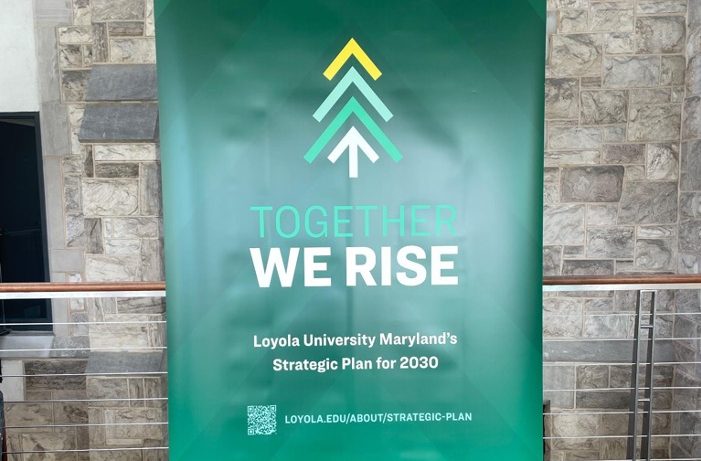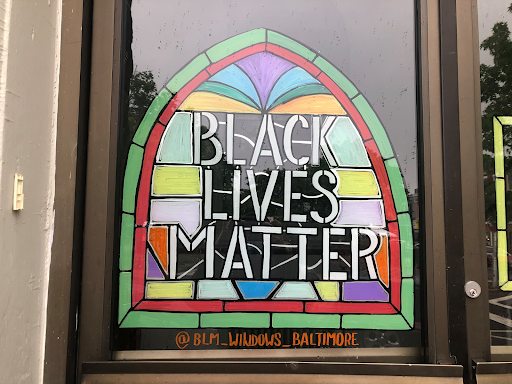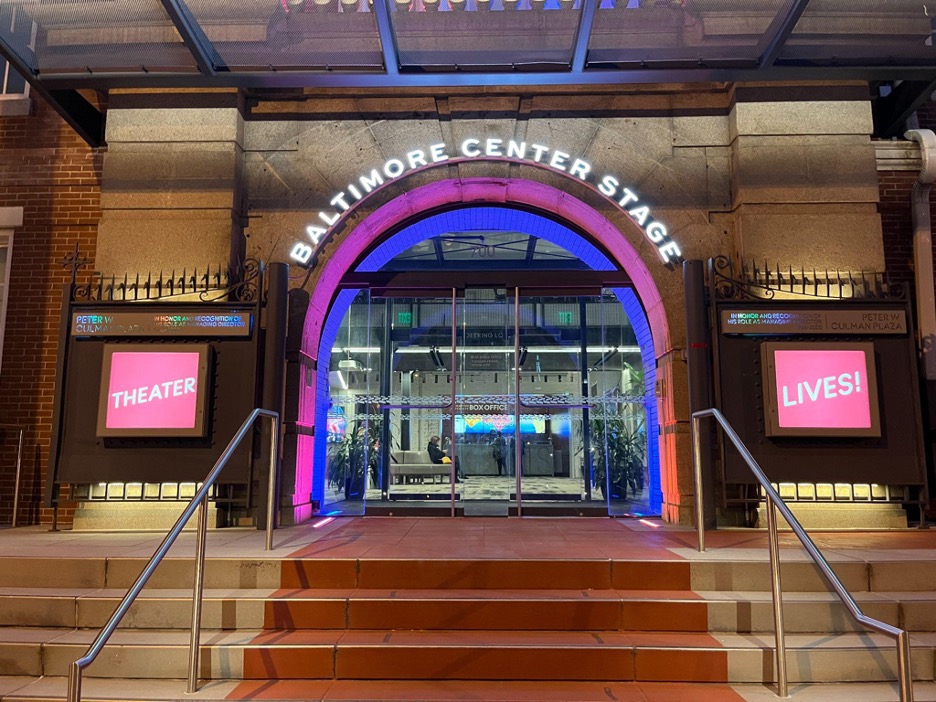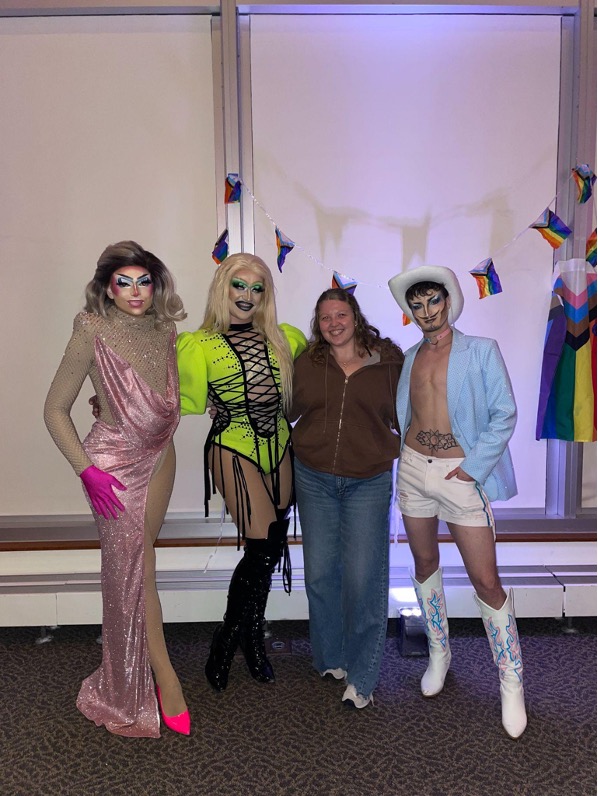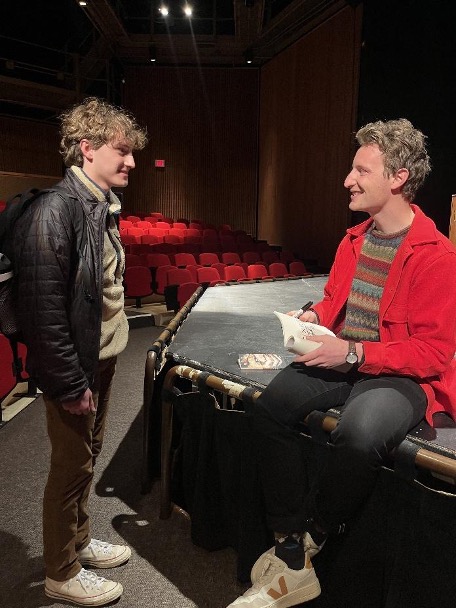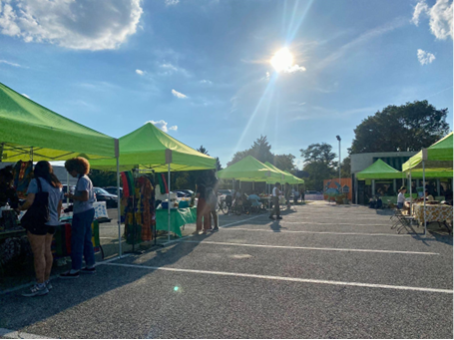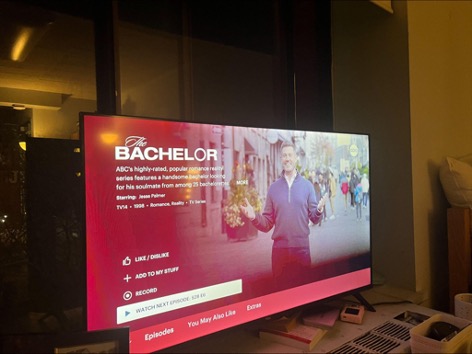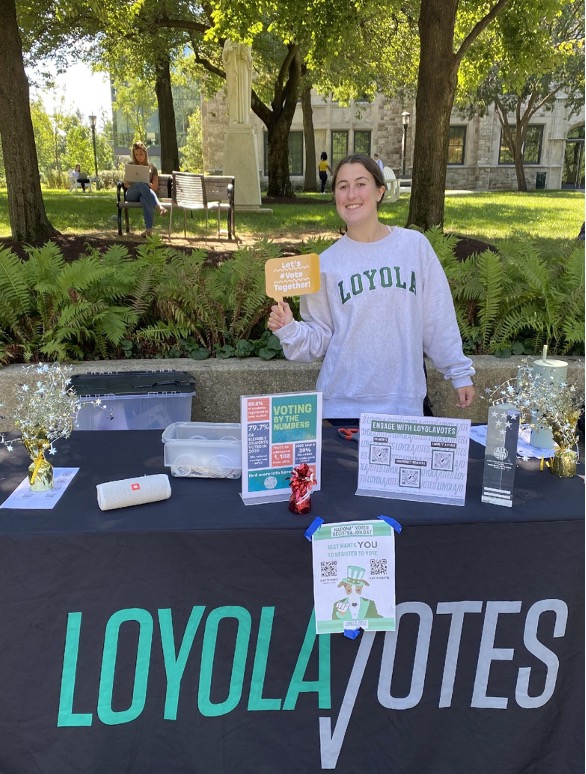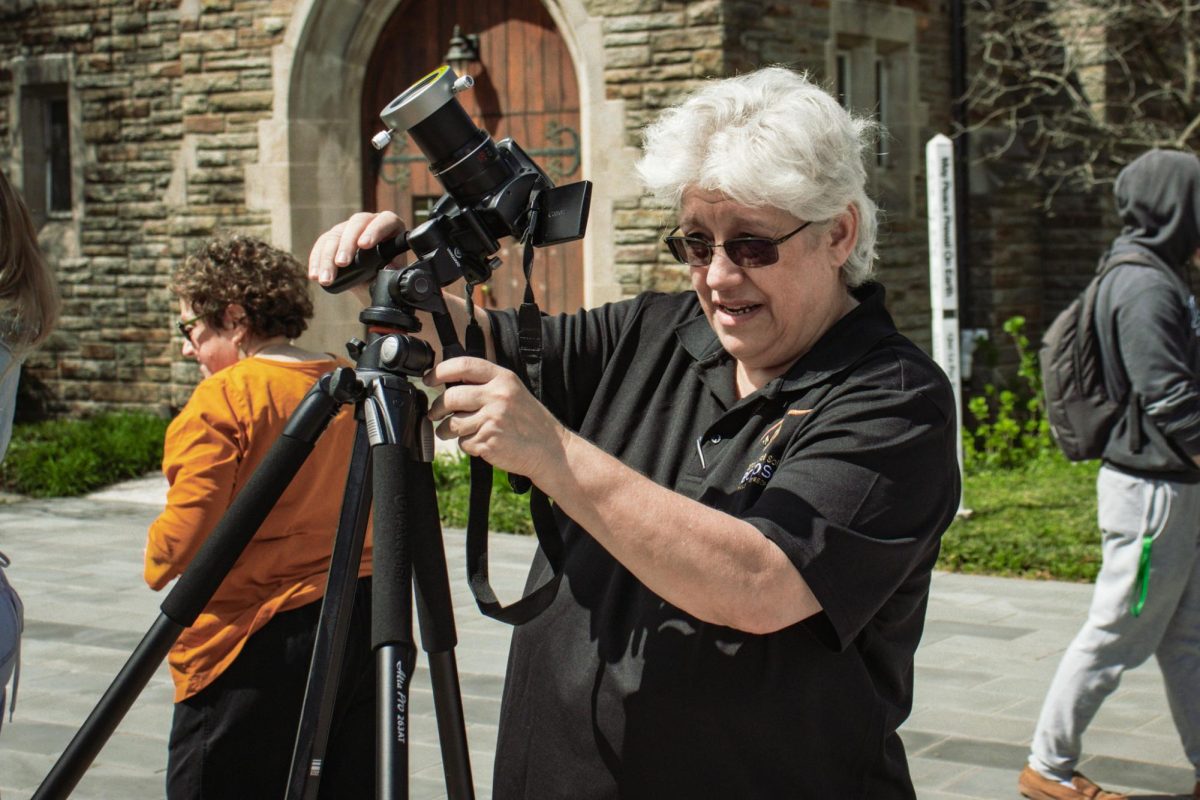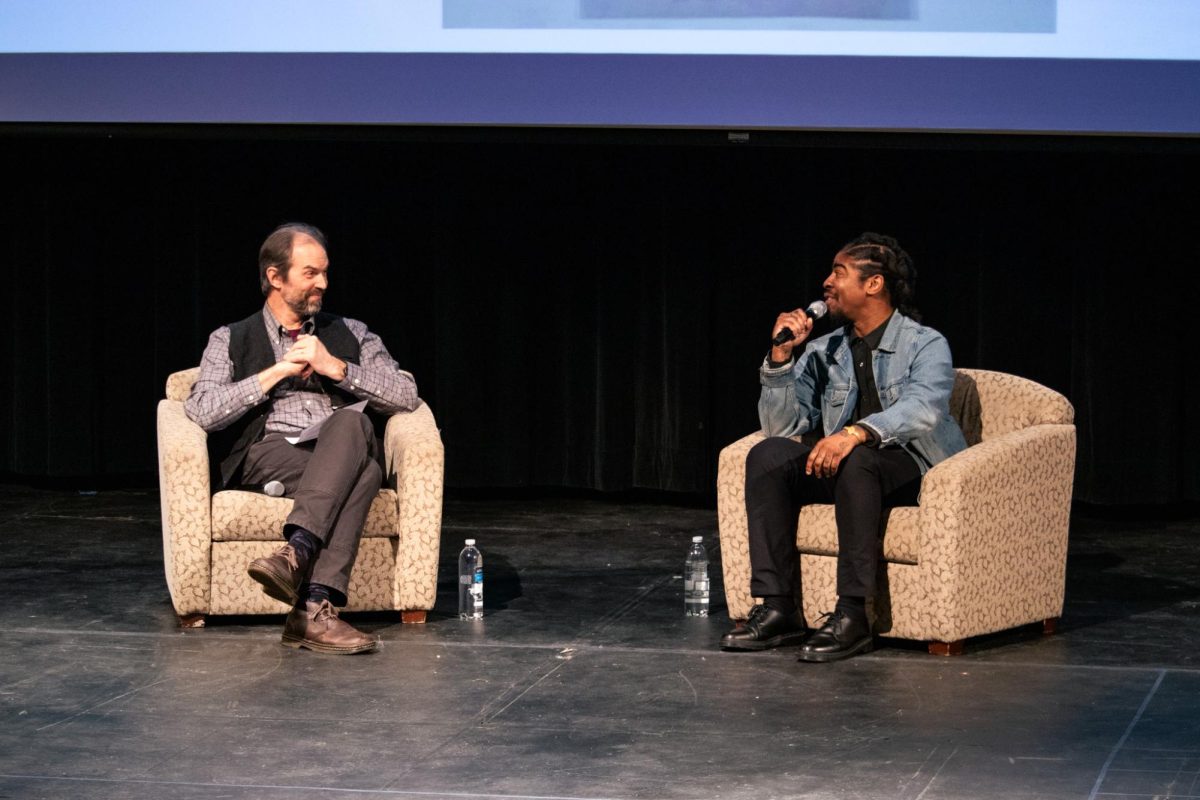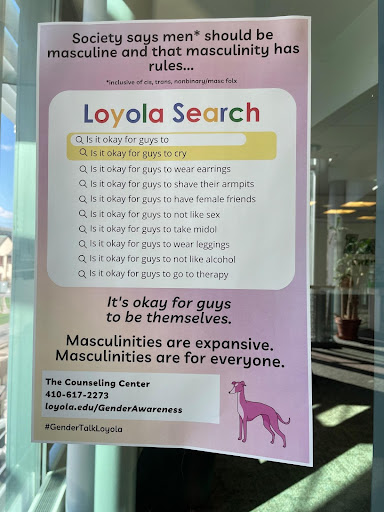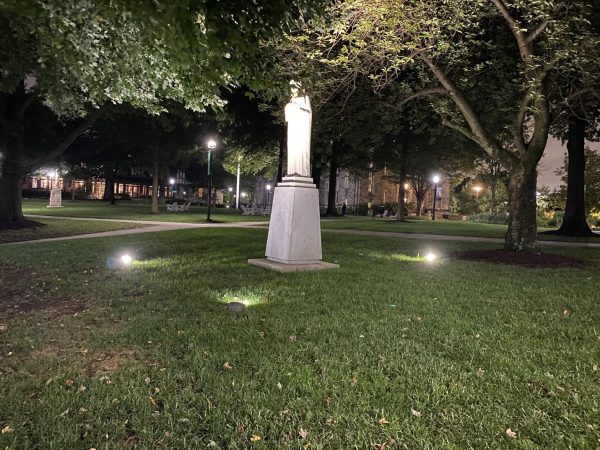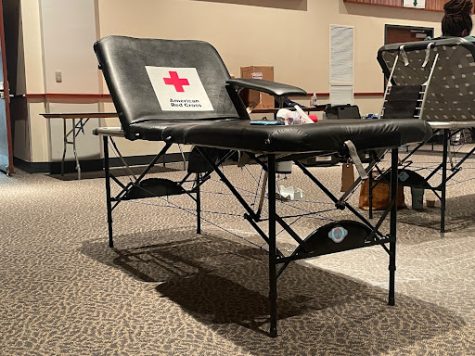What it Means to be Male Identifying at Loyola and Beyond
The Counseling Center has recently introduced the Gender Talk campaign to ignite a conversation about masculinity. The Gender Talk campaign is the newest public health campaign produced by the Counseling Center to address topics such as body image, masculinity, femininity, and gender-based violence. Staff Psychologist, Dr. Ryan Sappington, says the Counseling Center wants to provide information, resources, and education around gender identity.
“We definitely wanted to provide content that was focused on increasing inclusivity and a sense of belonging here at Loyola, especially for gender variant, gender diverse folks, trans, nonbinary, and gender non-conforming students,” Sappington said. “We’re educating the Loyola community about pronouns and gender identity and how that differs from gender expression.”
The Counseling Center offers services that cater to a multitude of issues, including challenges and forms of stress experienced by Loyola students navigating gender. Sappington says that issues that men face range from loneliness to maintaining a facade.
“I hear men talk a lot about how lonely and isolated they feel and how much energy they find themselves putting into maintaining this performance or facade of what it means to be a man. Sort of upholding and adhering, conforming to these ideas or norms around masculinity,” Sappington said.
Intersectionality is important to acknowledge when discussing masculinity because social identities intersect and interconnect to make up who we are. Associate Director of ALANA, Dennis Valez, says that in Man2Man, the culture and climate of Loyola are discussed when it comes to the perception of men of color.
“I would say my perspective is a little bit skewed because it is a group for men of color, so we’ve had conversations recently about what the campus culture and climate is like for men of color and ways it can be really accepting and welcoming for some and maybe not for all,” Valez said.
Politics and societal norms impact the perception of masculinity because there is a fear of masculinity being threatened and taken away. Recent media, such as Harry Styles wearing a dress on the cover of Vogue, is an example of a celebrity challenging the societal norms of masculinity. Sappington says that there is a precarious view of masculinity, that it is something that you are born with, something that you have to prove repeatedly throughout life, and is easy to lose.
“The truth of the matter is, as we know and as research shows us, that masculinity is not innate or essential, it’s a social construct. Masculinity is a set of norms, ideas, and behaviors that we use across different cultures, and identities to define what it means to be a man. We invented this to try to make sense of really complex human experiences and try to categorize them into neat little boxes. It’s not to say that it is not real. Masculinity is a thing, but it is important to know that we invented that thing as human beings,” Sappington said.
Resources such as Dr. Sappington’s Men’s Group and Valez’s Man2Man meetings provide male-identifying students with a place to be who they are and openly talk and connect with one another. Valez says people are not forced to come as anyone besides who they are with all of their identities.
“No ego, no pressure. Just come as you are. Enjoy a delicious dinner and just talk and connect without all of the pressures. That is truly our goal and what we hope to gain from this space and if we are doing that, then I feel like I am doing my job,” Valez said.
Valez and his colleagues hope these events will inform discussions of masculinity on campus.
“I think we are on the right path, but we could do more because I think, again, of gender as a construct. People live it, breathe it,” Valez said. “It is only going to continue to evolve so we need to keep pace with this ever-changing conversation on gender.”


